Many of us find ourselves repeatedly attracting the same type of partner, despite our conscious desire for something different. Often, we’re unconsciously drawn to people who carry our shadow—the disowned, unintegrated parts of ourselves.
When we’re “dating our shadow,” we’re essentially seeking completion through another person rather than integration within ourselves. While this creates intense attraction initially, it often leads to painful patterns of conflict, disappointment, and repeating cycles.
Understanding Shadow Projection in Relationships
Carl Jung discovered that we tend to project our unconscious material onto others, especially in intimate relationships. The shadow contains everything we’ve learned to reject about ourselves—both negative traits we’re ashamed of and positive qualities we’ve never developed.
In relationships, shadow projection works both ways:
- Negative shadow projection: We’re attracted to people who express the “dark” qualities we’ve suppressed in ourselves
- Golden shadow projection: We’re drawn to people who embody positive traits we admire but haven’t developed
Both types of projection create intense chemistry but unsustainable dynamics. Here are five clear signs you might be dating your shadow, and more importantly, what you can do about it.
Sign #1: The Attraction Felt “Destined” or Overwhelming
What it looks like:
- Immediate, intense attraction that felt “meant to be”
- Feeling like you’ve “never felt this way before”
- Describing the connection as “fate” or “twin flame”
- Friends expressing concern about how quickly you fell for this person
- Feeling like this person “completes” you or makes you “whole”
What’s really happening: When attraction feels overwhelmingly destined, you’re likely projecting major aspects of your anima/animus or shadow onto this person. They appear to embody everything you’ve been unconsciously seeking—because they’re carrying parts of yourself you haven’t integrated.
The Voice Dialogue Perspective: Hal and Sidra Stone’s research shows that “love at first sight” often occurs when someone embodies our most disowned selves. If you’ve developed your “Responsible Self” while disowning your “Free Spirit Self,” meeting someone who lives spontaneously will create overwhelming attraction.
The Beebe Model Insight: John Beebe’s work reveals that we’re most powerfully attracted to people whose dominant functions match our shadow functions. If you’re a thinking type who’s never developed your feeling function, meeting a feeling-dominant person creates an archetypal fascination—they seem to possess magical emotional intelligence you lack.
Understanding anima and animus projections helps explain why this attraction feels so overwhelming and important.
Maya’s example: “I met David at a conference where he was giving a presentation. He seemed so confident, so articulate, so sure of himself. I felt this immediate pull—like he was exactly what I’d been looking for my whole life. Within a week, I was convinced we were soulmates.”
What to do:
- Slow down: Intense initial attraction often needs time to be understood
- Examine the qualities: What specifically attracted you? Make a list of the traits that felt magnetic
- Self-reflect: Which of these qualities do you wish you had more of? Which do you judge in yourself?
- Seek balance: Before making major relationship decisions, give yourself time to see the person clearly
Sign #2: You Constantly Feel Like You’re “Too Much” or “Not Enough”
What it looks like:
- Regularly feeling like you need to tone yourself down around your partner
- Believing you’re “too emotional,” “too intense,” or “too needy”
- Alternatively, feeling like you’re “not interesting enough,” “not successful enough,” or “not worthy”
- Walking on eggshells to avoid triggering your partner’s criticism or withdrawal
- Losing touch with your authentic self in the relationship
What’s really happening: When you consistently feel like you need to be different to maintain your partner’s approval, you’re likely with someone who carries your critical inner voice—the part of you that learned to judge and reject aspects of yourself.
Voice Dialogue Understanding: The Stones discovered that we often attract partners who embody our “Inner Critic” or “Perfectionist Self.” If you’ve disowned your “Spontaneous Self” because it was criticized in childhood, you’ll be drawn to people who seem controlled and critical—they feel familiar, even though they recreate old wounding.
Beebe Model Explanation: According to Beebe’s research, our inferior function often carries a harsh, judgmental quality. If you’re projecting this onto your partner, they become the external critic for aspects of yourself you haven’t accepted.
Maya’s example: “With David, I started second-guessing everything. My enthusiasm about work projects seemed to annoy him. When I’d get excited about something, he’d make these subtle comments about me being ‘dramatic.’ I found myself becoming quieter, more careful. I was losing myself, but I thought that was what love required.”
What to do:
- Notice the pattern: When do you feel like you’re “too much” or “not enough”? What triggers these feelings?
- Examine your inner critic: How do you talk to yourself? Your partner might be expressing your own self-criticism
- Reclaim your authenticity: Practice expressing yourself genuinely, even if it creates discomfort
- Set boundaries: You deserve to be loved for who you are, not who you think you should be
Understanding your shadow patterns can help you recognize when you’re attracting partners who mirror your own self-rejection.
Sign #3: The Same Conflicts Keep Repeating
What it looks like:
- Having the same argument over and over without resolution
- Feeling like you’re speaking different languages even when discussing simple topics
- Your partner consistently triggering your deepest insecurities
- Conflicts that escalate quickly and feel disproportionate to the actual issue
- Both of you becoming versions of yourselves you don’t like during conflicts
What’s really happening: Repetitive conflicts often indicate that you’re both carrying projections for each other. You’re fighting with aspects of yourselves that you’re not willing to own, and your partner becomes the target for your disowned emotions.
The Voice Dialogue Pattern: Hal and Sidra Stone observed that recurring relationship conflicts usually involve “selves” that are trying to protect you from disowned vulnerability. When Maya’s “Enthusiastic Self” emerged, it triggered David’s “Critical Self”—which was actually protecting his own disowned “Vulnerable Self” that had been criticized for being “too much” in his childhood.
Beebe Model Dynamics: John Beebe’s work shows that shadow functions often emerge in relationships through conflict. If you’re a thinking type and your partner is a feeling type, your underdeveloped feeling function may emerge as emotional explosions during fights—shocking both of you with its intensity.
Maya’s example: “Every time David would withdraw after I expressed excitement about something, I’d get furious and accuse him of being emotionally unavailable. He’d then criticize me for being ‘needy’ and ‘demanding.’ We’d go in circles—I’d pursue, he’d withdraw, I’d get angrier, he’d get more critical. Neither of us could step out of the pattern.”
What to do:
- Identify the core pattern: What’s the underlying dynamic beneath your repetitive conflicts?
- Take responsibility: Instead of focusing on what your partner is doing wrong, ask what this conflict might be teaching you about yourself
- Explore your triggers: What does your partner do that creates the strongest emotional reaction in you?
- Practice self-soothing: Learn to regulate your own emotions instead of expecting your partner to do it
Understanding shadow dynamics in relationships provides deeper insight into these unconscious patterns.
Sign #4: You’re Attracted to Their “Potential” More Than Their Reality
What it looks like:
- Frequently thinking about who your partner could become rather than appreciating who they are
- Making excuses for their behavior or believing you can “help them change”
- Feeling frustrated that they’re not living up to what you see in them
- Projecting qualities onto them that they don’t actually demonstrate consistently
- Staying in the relationship based on who you hope they’ll become
What’s really happening: When you’re more in love with someone’s potential than their reality, you’re often projecting your own unlived potential onto them. You’re seeing in them the person you could become, rather than relating to who they actually are.
Voice Dialogue Insight: The Stones found that we often fall in love with someone’s “Magical Self”—the self that seems to embody all the possibilities we’ve never allowed ourselves to explore. Maya was attracted to David’s potential for emotional openness because her own “Vulnerable Self” had been buried under years of self-protection.
Beebe Model Understanding: John Beebe’s research shows that we often project our aspirational functions onto others. If you’re a sensing type who dreams of being more intuitive, you’ll see intuitive potential in partners even when they don’t actually demonstrate it. You’re in love with your own undeveloped intuition, not their actual personality.
Maya’s example: “I kept seeing David’s ‘sensitive side’ that he’d show occasionally, and I convinced myself that’s who he really was underneath his critical exterior. I thought if I just loved him enough, if I just showed him it was safe to be vulnerable, he’d become the emotionally available partner I needed. I was in love with a version of him that existed mostly in my imagination.”
What to do:
- Accept reality: Practice seeing your partner as they are right now, not who they might become
- Examine your projections: What potential do you see in them that you might develop in yourself?
- Stop trying to change them: Focus on your own growth instead of trying to facilitate theirs
- Make decisions based on current reality: Is this relationship satisfying as it is today?
Understanding golden shadow projections helps explain why we’re drawn to others’ unrealized potential.
Sign #5: You Lose Yourself in the Relationship
What it looks like:
- Your interests, friends, and goals becoming secondary to the relationship
- Difficulty making decisions without your partner’s input or approval
- Feeling empty or lost when your partner is unavailable or upset
- Your mood being entirely dependent on the state of the relationship
- Friends commenting that you’ve changed or that they don’t see you anymore
What’s really happening: When you lose yourself in a relationship, you’re often trying to merge with your partner’s identity because you haven’t fully developed your own. You’re using the relationship to avoid the work of individuating—becoming your own person.
Voice Dialogue Explanation: According to the Stones, this happens when your “Pleaser Self” or “Caretaker Self” completely takes over, while your “Independent Self” or “Autonomous Self” gets completely disowned. You become addicted to your partner’s approval because you’ve never learned to validate yourself.
Beebe Model Perspective: Beebe’s work shows that people who lose themselves in relationships often have an underdeveloped sense of their dominant function’s authority. Instead of trusting their own cognitive strengths, they defer to their partner’s psychological preferences, creating an imbalanced dynamic.
Maya’s example: “I realized I had no idea who I was outside of my relationship with David. My whole sense of self revolved around whether he was happy with me. When he’d withdraw, I’d panic and do anything to get his approval back. I’d given up friends, hobbies, even career opportunities to accommodate his needs and preferences.”
What to do:
- Reconnect with yourself: What did you enjoy before this relationship? What dreams have you put on hold?
- Maintain your independence: Keep your friendships, interests, and goals active
- Practice self-validation: Learn to approve of yourself instead of constantly seeking external validation
- Seek support: Consider therapy to explore what’s driving your need to merge with others
Working with shadow integration can help you reclaim the independent parts of yourself you’ve disowned in the relationship.
The Path Forward: From Shadow Projection to Conscious Love
Recognizing that you’re dating your shadow isn’t cause for despair—it’s an opportunity for tremendous growth. Here’s how to transform these patterns:
1. Withdraw Your Projections
Start noticing when you’re seeing qualities in your partner that might actually belong to you. Ask yourself: “How might this trait that attracts/irritates me exist within myself?”
Voice Dialogue Technique: The Stones developed specific methods for identifying and dialoguing with projected selves. You can literally ask your “Inner Critic,” “What do you need me to understand?” instead of fighting with your partner’s criticism.
2. Reclaim Your Disowned Parts
Instead of seeking completion through your partner, begin developing the qualities you’ve projected onto them. If you’re attracted to their confidence, how can you cultivate your own? If you’re frustrated by their emotional unavailability, how available are you to your own emotions?
Beebe Model Application: Understanding your type structure helps you identify which functions you need to develop. If you’re projecting your inferior function, you can work specifically on integrating that aspect of yourself.
3. Practice Conscious Relationship
Learn to love your partner for who they are rather than what they represent to your psyche. This requires giving up the fantasy of completion through another person and doing the work of becoming whole within yourself.
4. Embrace the Mirror
Understand that your partner is showing you something important about yourself. Instead of trying to change them, use the relationship as a mirror for your own growth and healing.
Professional Jungian therapy can provide expert guidance through this complex process of projection withdrawal and self-integration.
A New Relationship with Relationship
Maya’s story had a surprising twist. Instead of ending her relationship with David immediately, she chose to use it as a laboratory for shadow work. She began therapy, started reclaiming her authentic self, and stopped trying to get David to be someone he wasn’t.
“The strangest thing happened,” she told me months later. “When I stopped needing David to complete me, when I started developing my own confidence and emotional availability, our whole dynamic shifted. He actually became more emotionally present—not because I was trying to change him, but because I had changed. And I realized I had a choice: I could stay with him as he was, or I could leave from a place of wholeness rather than woundedness.”
Conclusion: The Gift of Shadow Relationships
Shadow relationships, while challenging, offer profound opportunities for growth. They show us exactly what we need to integrate within ourselves. The goal isn’t to avoid these attractions but to become conscious of them.
When you understand that you’re drawn to your shadow, you can:
- Use the attraction as information about your own development
- Stop expecting your partner to carry your disowned parts
- Develop the qualities you seek in others within yourself
- Choose relationships from wholeness rather than neediness
Remember: every person who triggers you is teaching you something about yourself. The question is whether you’ll use that teaching to blame them or to grow into the person you’re meant to become.
The path from unconscious attraction to conscious love isn’t easy, but it’s the most important journey you can take. Your future relationships—and your relationship with yourself—depend on it.
For more insights into Jungian psychology and relationship patterns, explore our comprehensive resources on depth psychology, shadow work, and individuation at Taproot Therapy Collective.



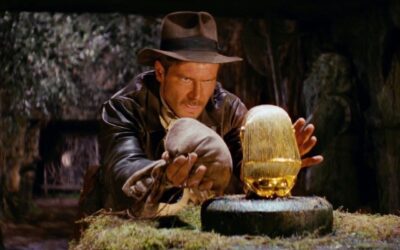

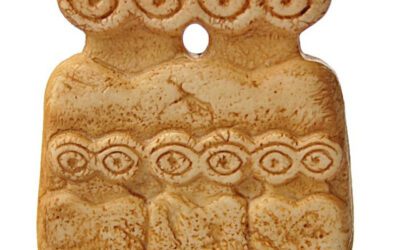

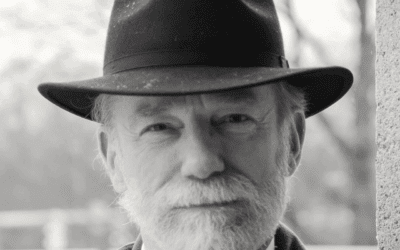
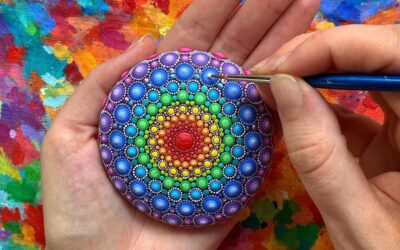





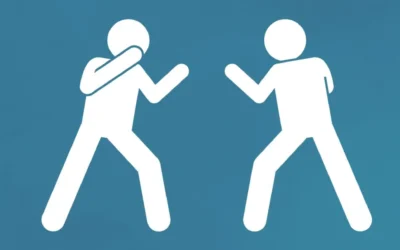
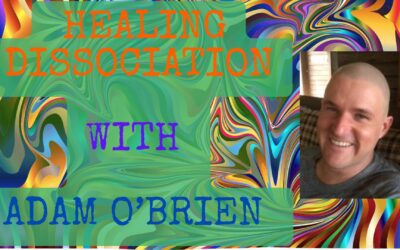
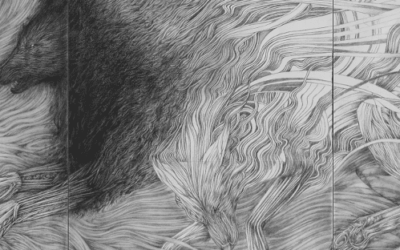




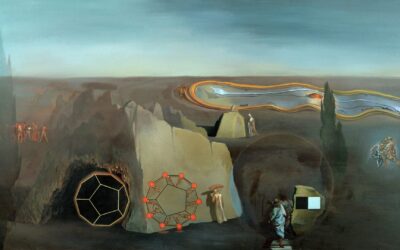
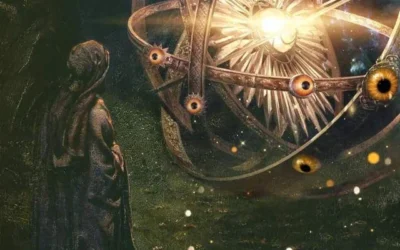




0 Comments